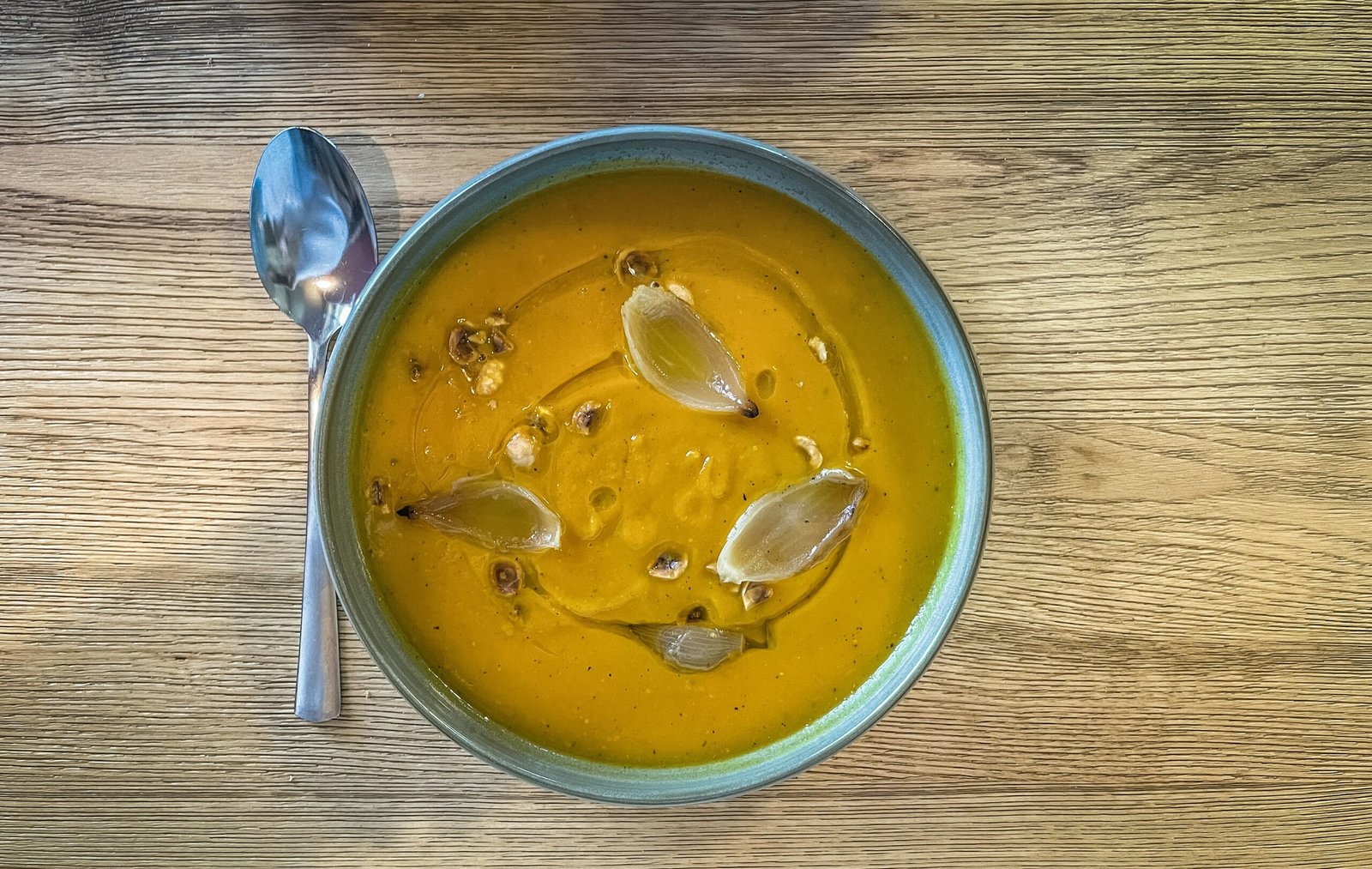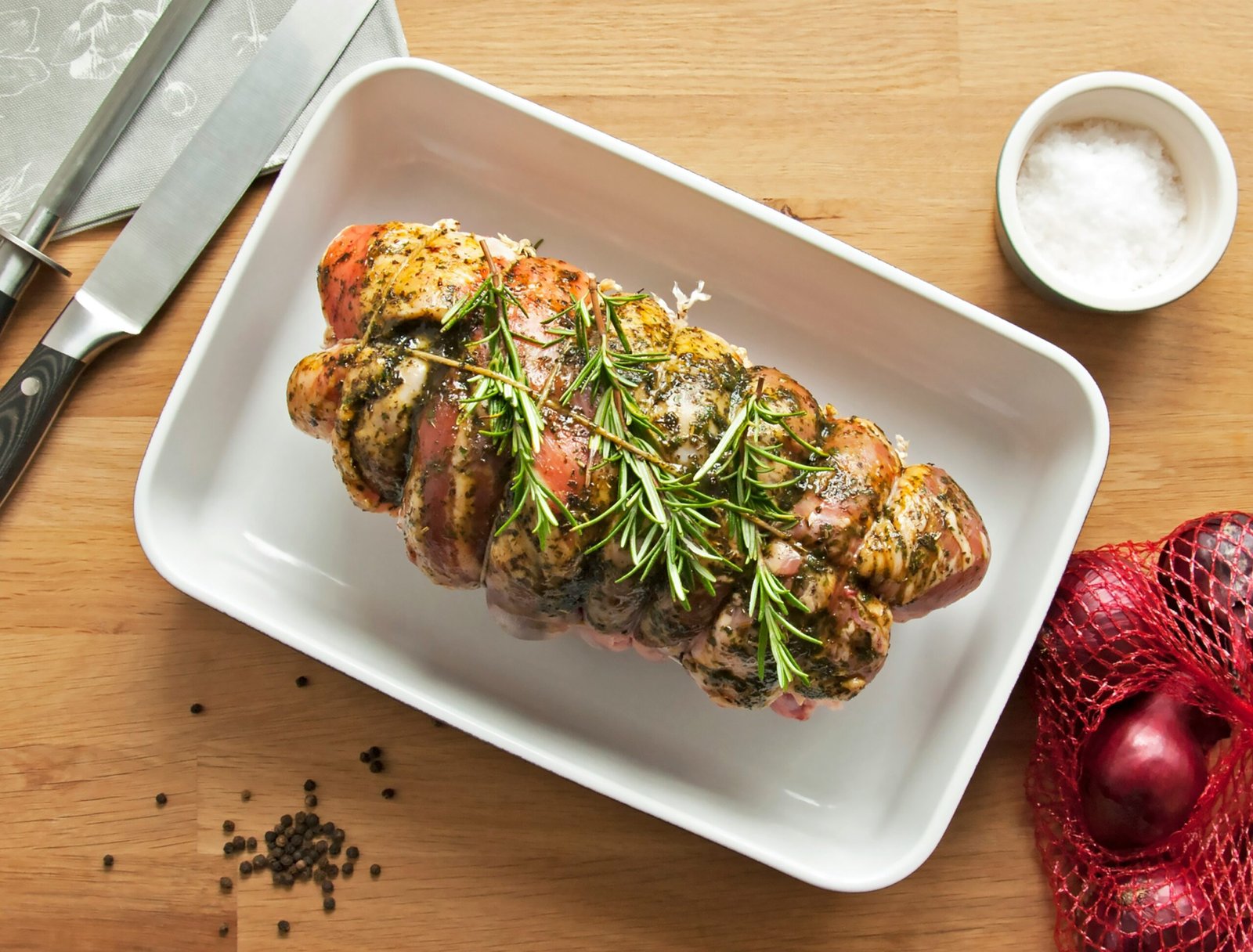
Photo by <a href="https://unsplash.com/@fannygustafsson" rel="nofollow">Fanny Gustafsson</a> on <a href="https://unsplash.com/?utm_source=hostinger&utm_medium=referral" rel="nofollow">Unsplash</a>
Introduction to Homemade Pizza
Pizza is a dish that has a rich history and immense popularity around the world. Its origins date back to ancient Greece, where the inhabitants made flat dough pies and covered them with various ingredients. However, it was in Italy, especially in Naples, that pizza began to take the form we know today, with the addition of tomato sauce, cheese and a multitude of toppings. Since then, pizza has become a symbol of Italian gastronomy and has spread throughout the world, adapting to different palates and cultures.
Today, there are countless types of pizza, which vary in thickness, style and toppings. From traditional Neapolitan pizza, with its thin and crispy crust, to more exuberant versions, such as Chicago pizza, which features a thicker crust and layered ingredients. This diversity makes pizza a versatile dish, capable of pleasing all tastes. Plus, the ability to customize pizza with favorite toppings encourages creativity in the kitchen, making every meal a unique experience.
Making pizza at home offers a number of significant benefits. One of the main ones is full control over the ingredients used, allowing everyone to choose healthier, fresher options. Furthermore, preparing pasta at home can be a pleasant activity, which is shared with friends and family, promoting interactions and strengthening bonds. When creating your own pizza, you can adjust the recipe to your preferences, experimenting with new combinations of flavors and textures. This not only enriches the gastronomic experience, but also contributes to more conscious and pleasurable eating.
Required Ingredients
To prepare a delicious homemade pizza, it is essential to have a well-organized list of ingredients. We will divide the components into three main categories: the pasta, the sauce and the toppings, each essential to guarantee the success of the recipe.
Dough: The base of pizza is dough, and for a classic recipe, you will need wheat flour (preferably type 00, for a finer texture), warm water, biological yeast, salt and a touch of olive oil. Choosing a good flour is crucial; it impacts the texture and flavor of the dough. If you are looking for a healthier option, you can replace part of the white flour with wholemeal flour.
Sauce: Tomato sauce is the heart of the pizza, and for an authentic flavor, use peeled or fresh tomatoes. Add garlic, onion, oregano and a pinch of sugar to balance the acidity. If you prefer, there are alternative sauce options, such as pesto or barbecue sauce, which can bring a different freshness to your dish.
Toppings: At this stage, your creativity can shine. Mozzarella cheese is the most traditional, but you can explore cheeses like provolone or gorgonzola for interesting variations. For toppings, choose between pepperoni, ham, fruits, fresh vegetables or even vegan alternatives, such as vegetable cheeses and grilled vegetables. The freshness of the ingredients is vital; opt for organic and seasonal produce whenever possible. This way, every slice of your homemade pizza will be full of flavor and texture.
With these well-selected ingredients, you will be prepared to create a perfect homemade pizza customized to your taste. The choice of ingredients can make all the difference in the gastronomic experience, so don’t underestimate the importance of each item in your recipe.
Step by Step Preparation
Preparing a homemade pizza is a rewarding and delicious experience. To begin, it is essential to prepare the dough. To do this, you will need wheat flour, warm water, yeast, salt and a touch of sugar. In a bowl, mix the yeast with warm water and sugar, letting it rest for about 10 minutes until it foams. Then, on a clean surface, make a mound of flour, creating a well in the center to add the yeast and salt mixture. Knead well until you get a smooth and elastic dough. Let it rest for approximately 1 hour in a warm place, covered with a cloth.
While the dough is fermenting, start preparing the tomato sauce, which is essential for a tasty pizza. Use peeled tomatoes, onion, garlic, olive oil, salt and herbs like oregano and basil. Sauté the onion and garlic in olive oil until golden, add the tomatoes and cook over low heat for about 20 minutes, stirring occasionally. After cooking, season to taste and set aside.




